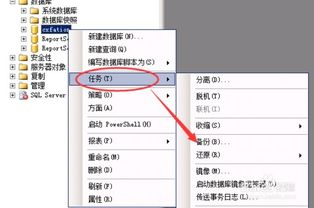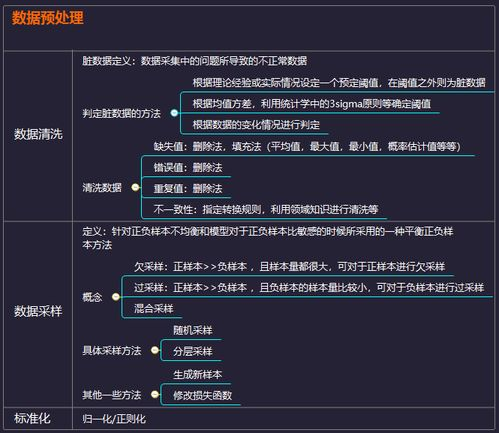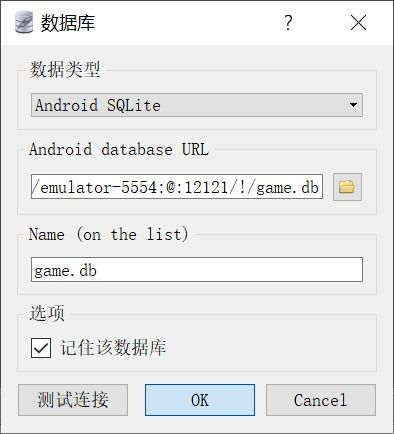Keyword: Understanding HTML Basics: A Comprehensive Guide to HTML Elements and Structure
What is HTML?
HTML, or HyperText Markup Language, is the standard markup language used to create web pages. It serves as the backbone of websites, providing the structure and foundation for content presentation in browsers. HTML is not a programming language, but rather a markup language that defines the elements and structure of web content.
The Structure of HTML Documents
Every HTML document begins with a declaration that specifies the version of HTML being used. The most common version today is HTML5, which offers improved functionality and features. An HTML document typically includes the following sections: the doctype declaration, the element, the
element, and the element.The
section contains metadata, links to stylesheets, and scripts relevant to the document, while the section houses the actual content that will be displayed to users. This structure is essential for both browsers and search engines to understand the content and its purpose.Essential HTML Elements
Understanding basic HTML elements is crucial for building effective web pages. Some of the most essential elements include:
to
- These elements are used for headings, withrepresenting the most important heading and
the least important. Proper use of headings improves both accessibility and SEO.
- - The paragraph element is used to define blocks of text. This element helps to structure content into readable sections, improving the user experience.
- - The anchor element allows you to create hyperlinks, which connect users to different pages or resources on the Internet. This is essential for navigation and linking relevant content together.
- The image element inserts images into your HTML document, enhancing visuals and engagement. Alt attributes should always be included for accessibility and SEO benefits.
- and - These are generic containers, whereis a block-level element and is an inline element. They help in organizing the layout and styling of content.
Importance of Semantic HTML
Using semantic HTML is crucial for creating accessible web pages. Semantic elements convey meaning and structure to the content, making it easier for browsers and assistive technologies to understand. For instance, elements like
, , , and Semantic HTML improves accessibility by allowing screen readers to interpret the page's content better, helping users with disabilities. Additionally, search engines favor semantic HTML, as it makes it easier for them to index and rank web pages accurately.
Best Practices for Writing HTML
To ensure your HTML code is efficient and effective, consider following these best practices:
- Use Valid HTML: Always validate your HTML code using validators like the W3C Markup Validation Service to ensure it meets the standard specifications.
- Keep it Simple: Avoid unnecessary complexity in code. Simple, clean code is easier to maintain and less prone to errors.
- Comment Your Code: Adding comments to your HTML code helps others, or even your future self, understand the purpose of different sections.
- Optimize for SEO: Utilize proper heading structures, descriptive alt attributes for images, and relevant meta tags to improve search engine visibility.
- Test Across Browsers: Ensure your HTML works well across various browsers and devices to provide a consistent user experience.
Conclusion
Learning HTML is the first step toward mastering web development. It provides the necessary foundation to create well-structured, accessible, and SEO-friendly web pages. By understanding the essential elements, the structure of HTML documents, and following best practices, anyone can begin their journey into the world of web development with confidence.
非特殊说明,本文版权归原作者所有,转载请注明出处






